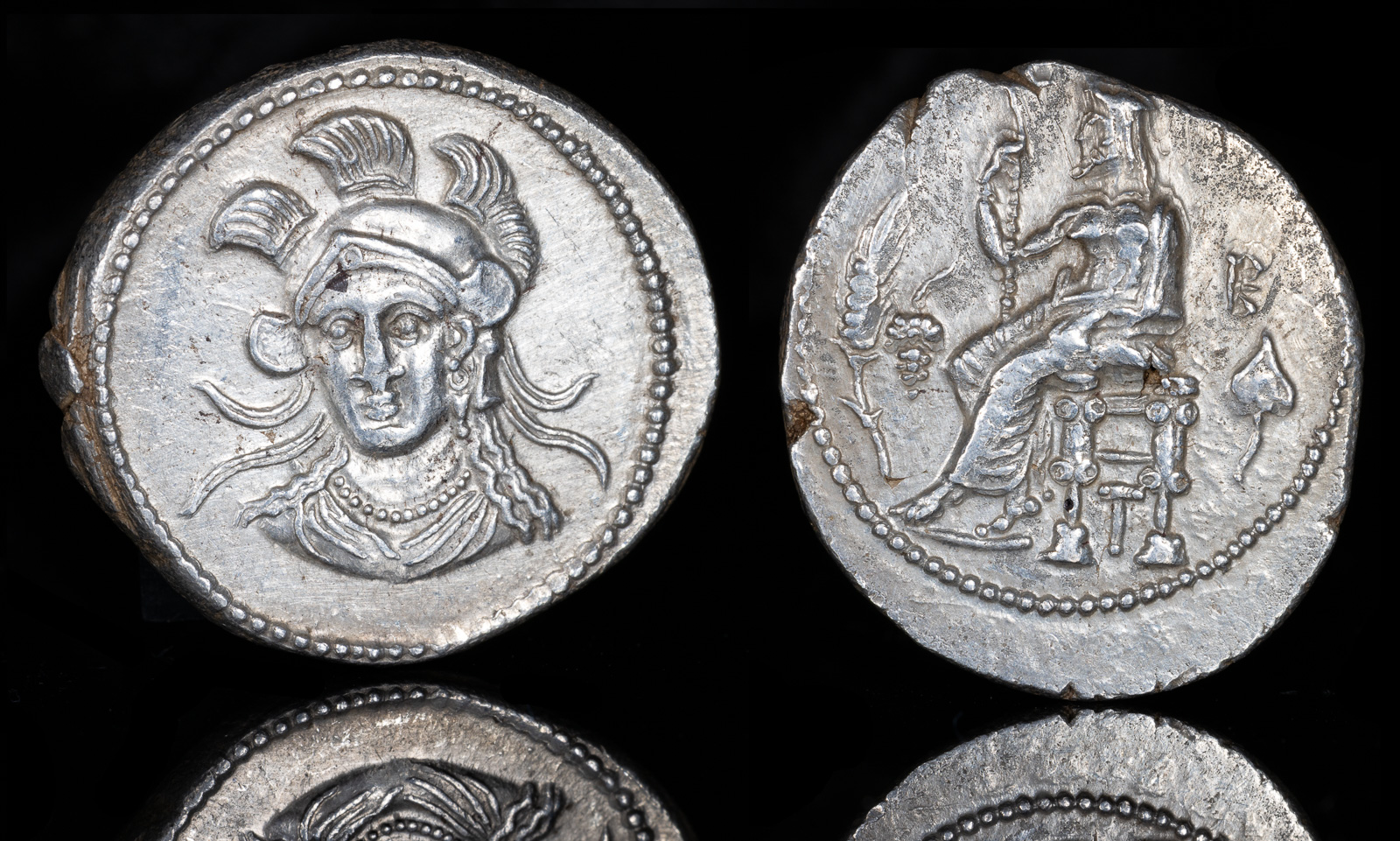Baaltars
View All Tags
The earliest references to Ba’al can be traced back to the Middle Bronze Age (around the 2nd millennium BCE) in Canaan. Ba’al was often depicted as a storm god wielding a thunderbolt or a mace, emphasizing his power over the skies and weather. He was believed to be the son of the supreme god El and the consort of various goddesses, depending on the locality. In some traditions, Ba’al’s most famous myth involves his battle with Yam, the god of the sea, and his victory over Mot, the god of death, which symbolized the cycle of life, death, and rebirth, much like the seasonal rains that were essential to the fertility of the land. This myth, known as the Baal Cycle, was recorded in texts like the Ugaritic tablets, discovered at the ancient site of Ugarit (modern Ras Shamra, Syria), which shed significant light on Ba’al’s worship and his role in the wider pantheon.
Ba’al was not just a deity of fertility but also played a central role in the political and military life of the ancient Near East. Kings and rulers often invoked his favor in times of war or crisis, seeking his aid in battle or in securing a bountiful harvest. The city of Ugarit, for instance, was home to temples dedicated to Ba’al, where large-scale sacrifices were performed to win the god’s favor. As a war god, Ba’al was depicted as a warrior and protector, especially in Canaanite and Phoenician traditions, where he was often associated with the defense of the city-state and the maintenance of order.
Ba’al’s prominence as a storm and fertility god made him a target for religious conflict, particularly with the emerging monotheistic religions. The Hebrew Bible frequently mentions Ba’al, often in a negative context, as a rival deity to the God of Israel. In Judaism, the worship of Ba’al was condemned as idolatry, and his followers were often depicted as corrupt or as enemies of the Hebrew prophets. In stories like the prophet Elijah’s confrontation with the prophets of Ba’al on Mount Carmel, Ba’al worship is portrayed as a significant threat to the worship of Yahweh. Over time, as the Israelites consolidated their identity, Ba’al worship became symbolically associated with moral and religious decay.

Cilicia, Tarsos AR Stater.
Balakros, satrap of Cilicia under Alexander III.
Circa 333-323 BCE
Facing bust of Athena, draped, wearing triple-crested helmet and necklace / Baaltars seated to left, holding lotus-tipped sceptre; grain ear and grape bunch to left, B above ivy leaf to right, T below throne.
SNG Levante Suppl. 21; SNG BnF 368; SNG von Aulock 5964.
10.79g, 26mm, 6h

Tarsos. Mazaios, Satrap. Circa 361-334 BC. AR Stater.
Baaltars seated left, holding sceptre surmounted by an eagle in right hand,
left arm at side; grain ear, bunch of grapes to left, monogram under throne
/ Lion attacking bull above double row of turreted walls.
10.11g
SNG Levante 113; SNG France 360